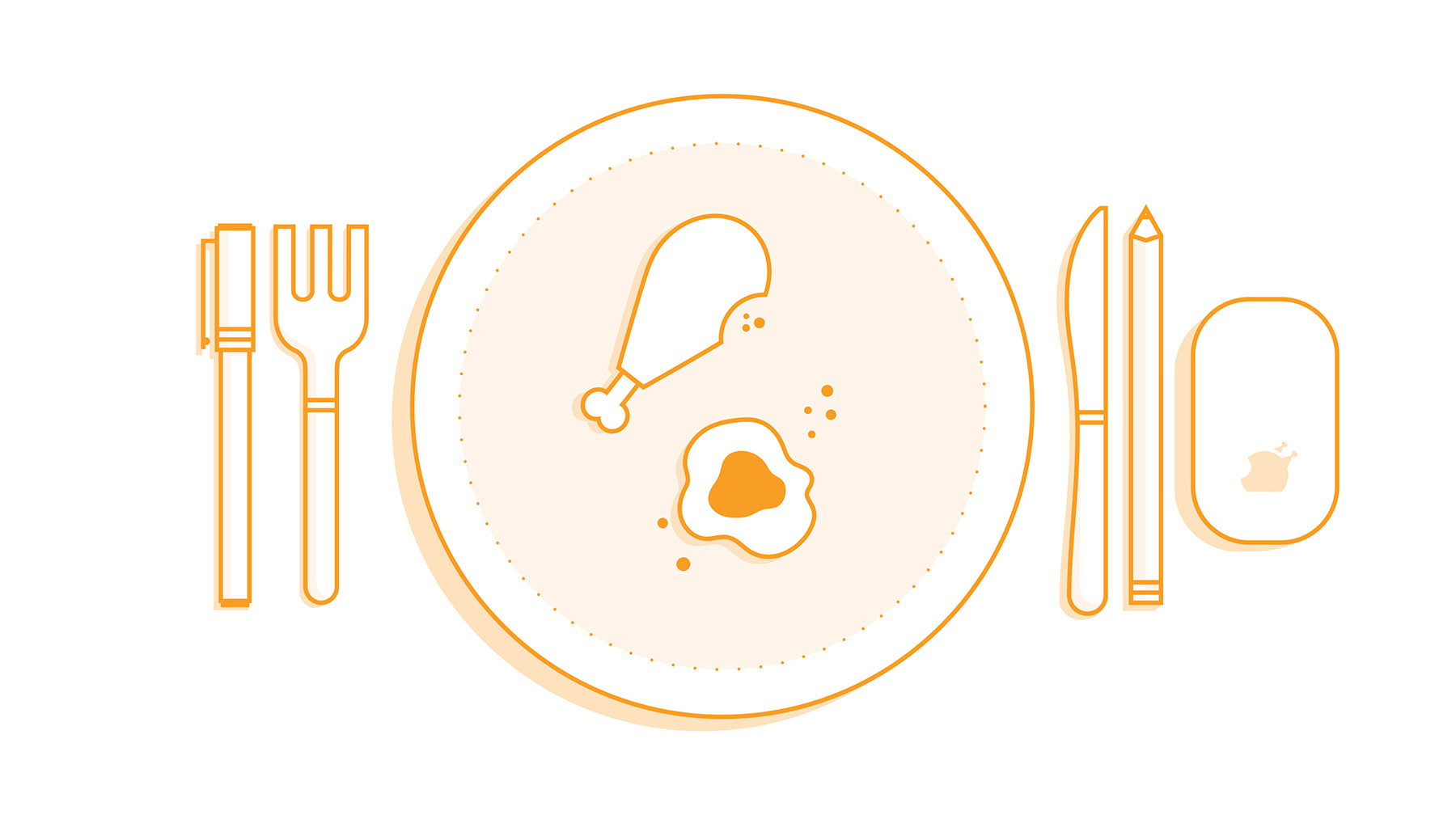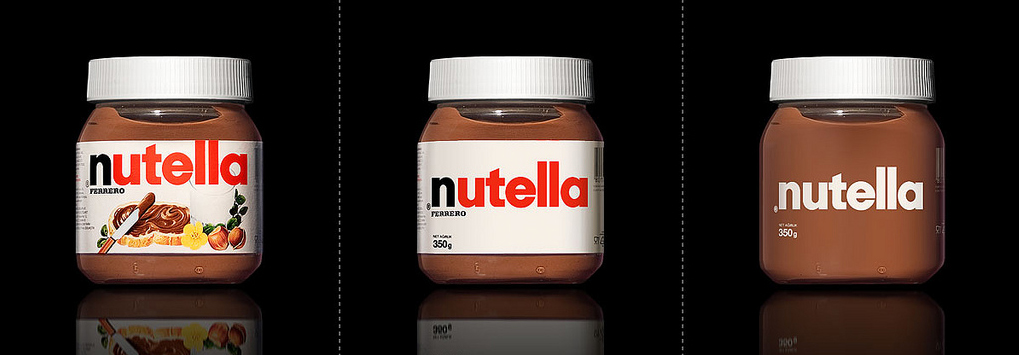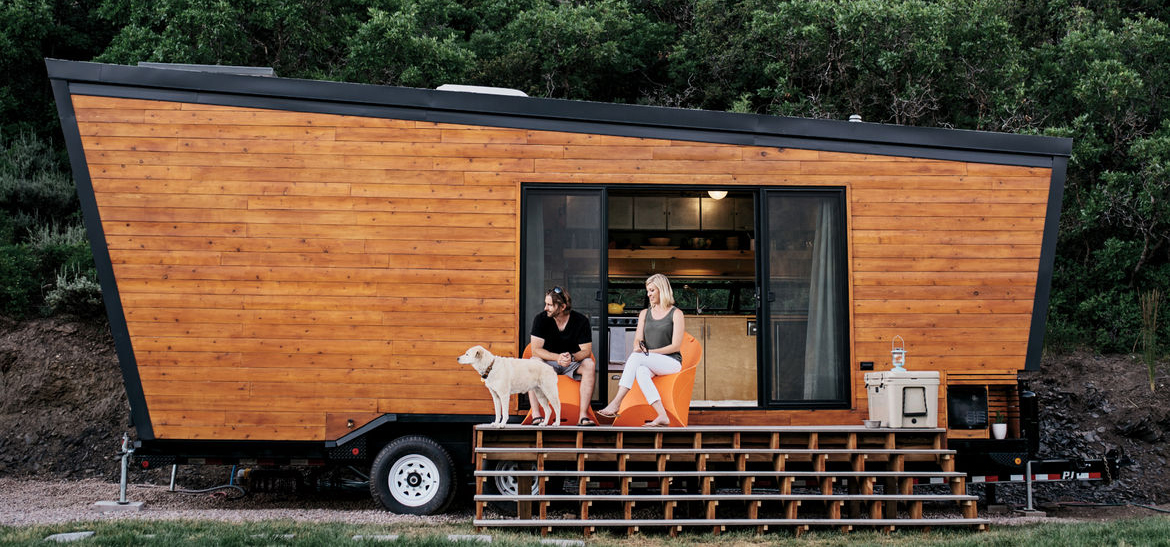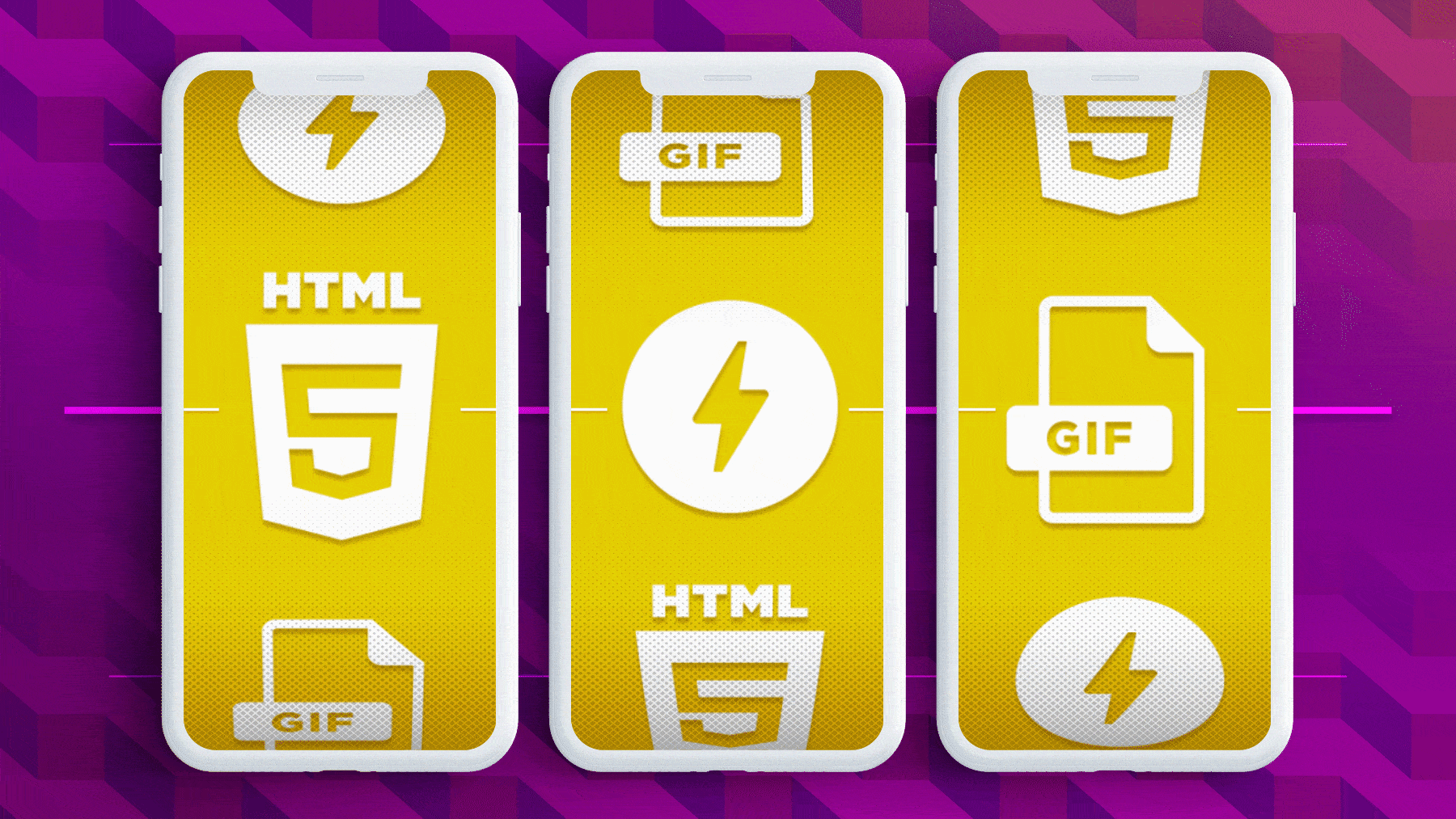
We are nearing another holiday season that is sure to be filled with the joys of excess and gluttony. We tend to repeat the over consuming each and every year, yet never quite manage to learn from our mistakes.
Taking a modernist approach with a “less is more” school of thought seems downright foolish when these feasting opportunities only come around a handful of times every year. However, in the design realm it is much easier to make the argument for not overdoing it. Here are a few nuggets on why it’s typically best to keep things simple.
Don’t Muddy Up Your Message
Over designing becomes very apparent when you take a step back and realize you’ve completely lost sight of the original message. It becomes harder to reach your audience when they have to weed through so much visual clutter in order to get to the point. The Navy created the KISS principle (keep it simple, stupid) in the ’60s to avoid over complicating their systems and it worked wonders for them. Always keep your end goal in mind.
Strip the Fluff
A smart design can speak volumes when pared down to the essentials. Those principles of design that we all hold near and dear to our hearts, like hierarchy, balance and unity, become less daunting when there are less competing elements. Robert Venturi’s “less is a bore” counter to modernism may have its time and place, but some of the more successful designs out there are getting it done, and done well, with less. Check out how Antrepo applies this theory to some package designs.

Functionality For the Win
User experience will benefit ten times out of ten when a website or app design doesn’t put form over function. Overdesigning on digital platforms can make the audience feel over stimulated and out of sorts, leaving them only searching for the back button. Take a page from the tiny homes trend. Owners are moving away from the 21st century “more for more’s sake” mentality and making due with less by trading in unneeded space for simplicity and efficiency.

So, how then do we avoid over designing? The answer seems… simple.


